Picture this: you’re walking along a dusty hillside, sun beating down, when something catches your eye. A glint of white bone. A strange pattern in the rock. That tiny discovery could be the key to unlocking secrets buried for millions of years. For fossil hunters throughout history, these moments of striking prehistoric gold have revolutionized our understanding of life on Earth.
Mary Anning’s First Ichthyosaurus – The 19th Century Pioneer

In 1811 her brother found the first known Ichthyosaurus specimen; however, she was the one who excavated it, and some sources also give her credit for the discovery. Mary Anning, working the dramatic cliffs of Lyme Regis, uncovered this massive marine reptile when she was barely out of her teens. The fossil was unlike anything scientists had seen before – a dolphin-shaped creature with enormous eyes and powerful flippers.
What made this discovery so remarkable wasn’t just its size, but its completeness. Her most famous find occurred in 1823 when she uncovered the first intact Plesiosaurus skeleton. These finds challenged everything people thought they knew about prehistoric life and earned Anning recognition among the scientific elite, despite her humble background and lack of formal education.
Charles Walcott’s Burgess Shale Bonanza
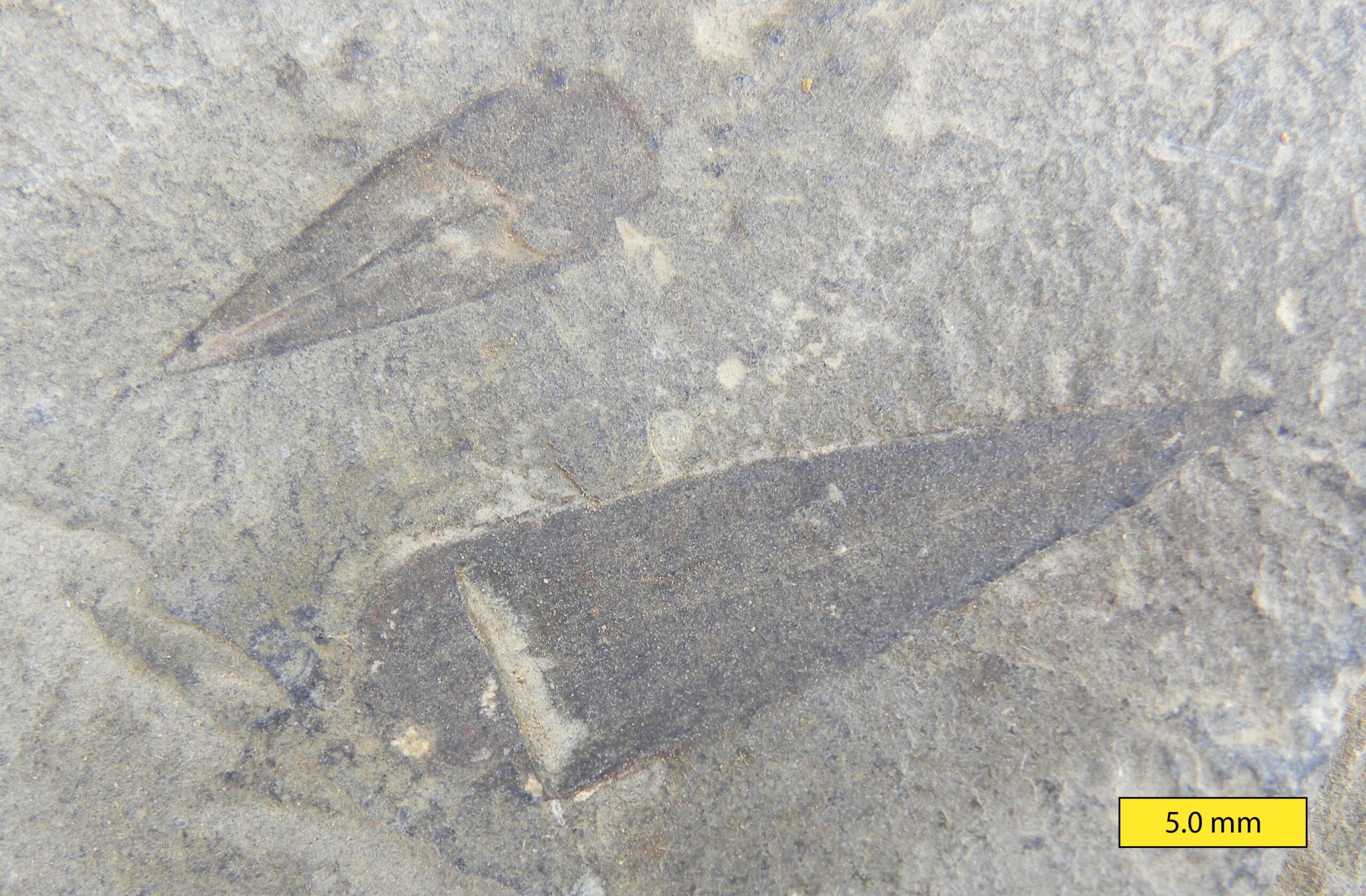
They were first discovered in 1909 by Charles D. Walcott, then Secretary of the Smithsonian Institution. What started as a routine geological survey in the Canadian Rockies turned into one of the most significant fossil discoveries ever made. Near the end of his second Canadian Rockies field season in 1909, a slab of rock was discovered along a trail that contained excellently preserved soft-bodied fauna not known anywhere else at the time.
The exceptional preservation of the Burgess Shale fossils is due to the unusual conditions in which they were buried, which included a rapid burial by sediment and a lack of oxygen, preventing decay and allowing soft tissues to be preserved. These weren’t just bones and shells – they were complete creatures with eyes, gills, and even digestive systems preserved in stunning detail. The discovery revealed bizarre animals like five-eyed Opabinia and spiky Hallucigenia that looked more like alien life forms than anything living today.
The Lomankus Edgecombei Golden Fossil Strike
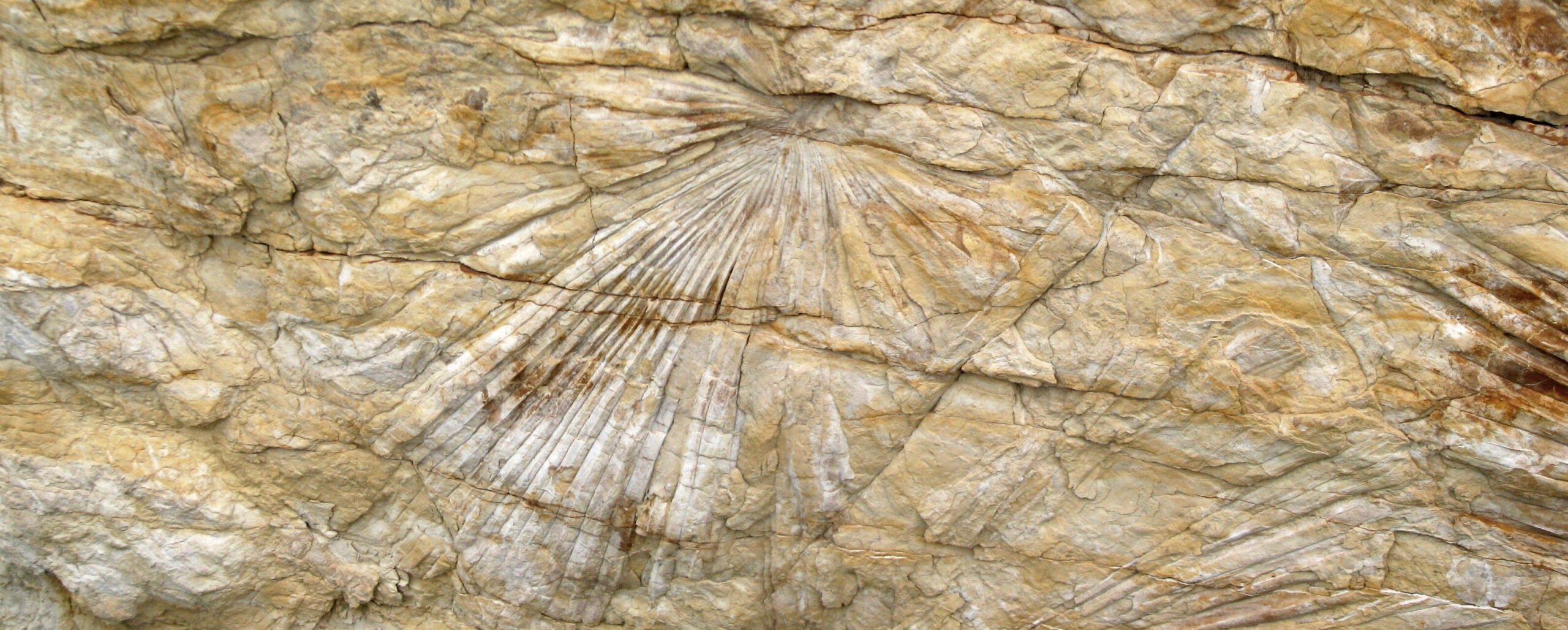
The fossils are infused with pyrite (fool’s gold), causing the gold color. Sometimes striking fossil gold means literally finding fossils preserved in gold! In 2024, paleontologists announced the discovery of Lomankus edgecombei, an ancient arthropod that lived roughly 450 million years ago. Named Lomankus edgecombei, the arthropod is a remarkably bright golden color because it’s preserved in three dimensions by iron pyrite – a mineral better known as fool’s gold.
Preservation in pyrite of this kind is extremely rare. In the last half a billion years there are only a handful of examples of places where this occurs. The specimen was so well preserved that scientists could use CT scans to reveal hidden anatomical details without damaging the fossil. This tiny creature helped fill important gaps in understanding early arthropod evolution.
Sue Hendrickson’s T-Rex Discovery

On August 12, 1990, Sue Hendrickson, a fossil hunter with the Black Hills Institute of Geological Research, set out across the scorching plains of western South Dakota to explore an outcropping of rock while her team worked on fixing a flat tire. After hours of hiking in foggy conditions with her golden retriever, Hendrickson reached a 60-foot-high bluff and scanned the ground with no luck. Then, she glanced up – 8 feet above, three massive bones jutted from the rock face.
What Hendrickson found was truly prehistoric gold. At more than 40 feet long and 13 feet tall at the hip, SUE is physically the largest Tyrannosaurus rex specimen discovered, out of more than 30 T. rex skeletons that have been found. SUE is also the most complete – around 90 percent. The discovery sparked a five-year legal battle and eventually sold for over eight million dollars at auction, making it the most expensive fossil ever sold at the time.
Donald Johanson’s Lucy Discovery
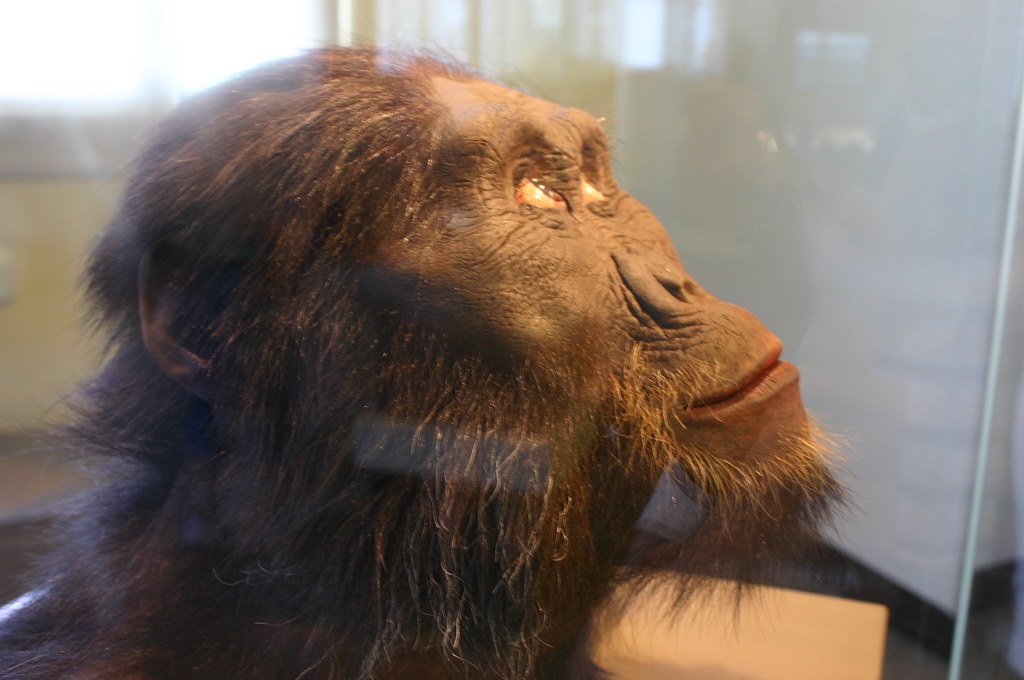
It was discovered in 1974 in Ethiopia, at Hadar, a site in the Awash Valley of the Afar Triangle, by Donald Johanson, a paleoanthropologist of the Cleveland Museum of Natural History. The discovery began like many great fossil finds – with a hunch and careful observation. Johanson and his team were systematically surveying the Ethiopian landscape when they spotted bone fragments scattered across the desert floor.
AL 288-1, commonly known as Lucy or Dinkʼinesh (Amharic: ድንቅ ነሽ, lit. ‘you are marvellous’), is a collection of several hundred pieces of fossilized bone comprising 40 percent of the skeleton of a female of the hominin species Australopithecus afarensis. Lucy is an early australopithecine and is dated to about 3.2 million years ago. Lucy proved that our ancestors walked upright long before they developed large brains, completely overturning previous theories about human evolution.
Neil Shubin’s Tiktaalik Discovery

The fossilized remains of Tiktaalik were discovered in 2004 in the Canadian Arctic by a team of paleontologists led by Neil Shubin and Ted Daeschler. This wasn’t a chance discovery – it was the result of careful scientific prediction. Shubin’s team specifically searched for rocks of the right age and environment where they expected to find transitional fossils between fish and land animals.
Tiktaalik was a transitional species that represented a key step in the evolution of vertebrates from fish to tetrapods (four-limbed animals). It had a number of anatomical features that were intermediate between fish and tetrapods, including a flattened head, a neck, and robust forelimbs with wrist-like joints that were capable of supporting its weight on land. The discovery of Tiktaalik was significant because it provided strong evidence to support the idea that tetrapods evolved from fish that began to venture onto land in search of food or to escape predators.
Yukon Gold Miners’ Ice Age Treasure

And consider that, as Dr. Zazula stated, “[t]here are 100 active gold mines, give or take a few dozen here or there. And virtually all of them produce Ice Age fossils. So in a summer, we can collect 5,000 specimens. There’s a lot of material coming out of the ground, and we’re trying to recover it as much of it as we can.”
Without the gold mining, these fossils would never be found,” Dr. Zazula continued, referring to today’s fossil discoveries. “They’re using heavy equipment and other types of equipment to move this frozen ground because [it] is essentially locked in permafrost that wouldn’t be accessible without the gold mining. It’s a unique partnership – miners seeking actual gold have become unwitting discoverers of paleontological gold, unearthing mammoths, ancient bison, and other Ice Age creatures frozen in Yukon’s permafrost.
The First Dinosaur – William Buckland’s Megalosaurus
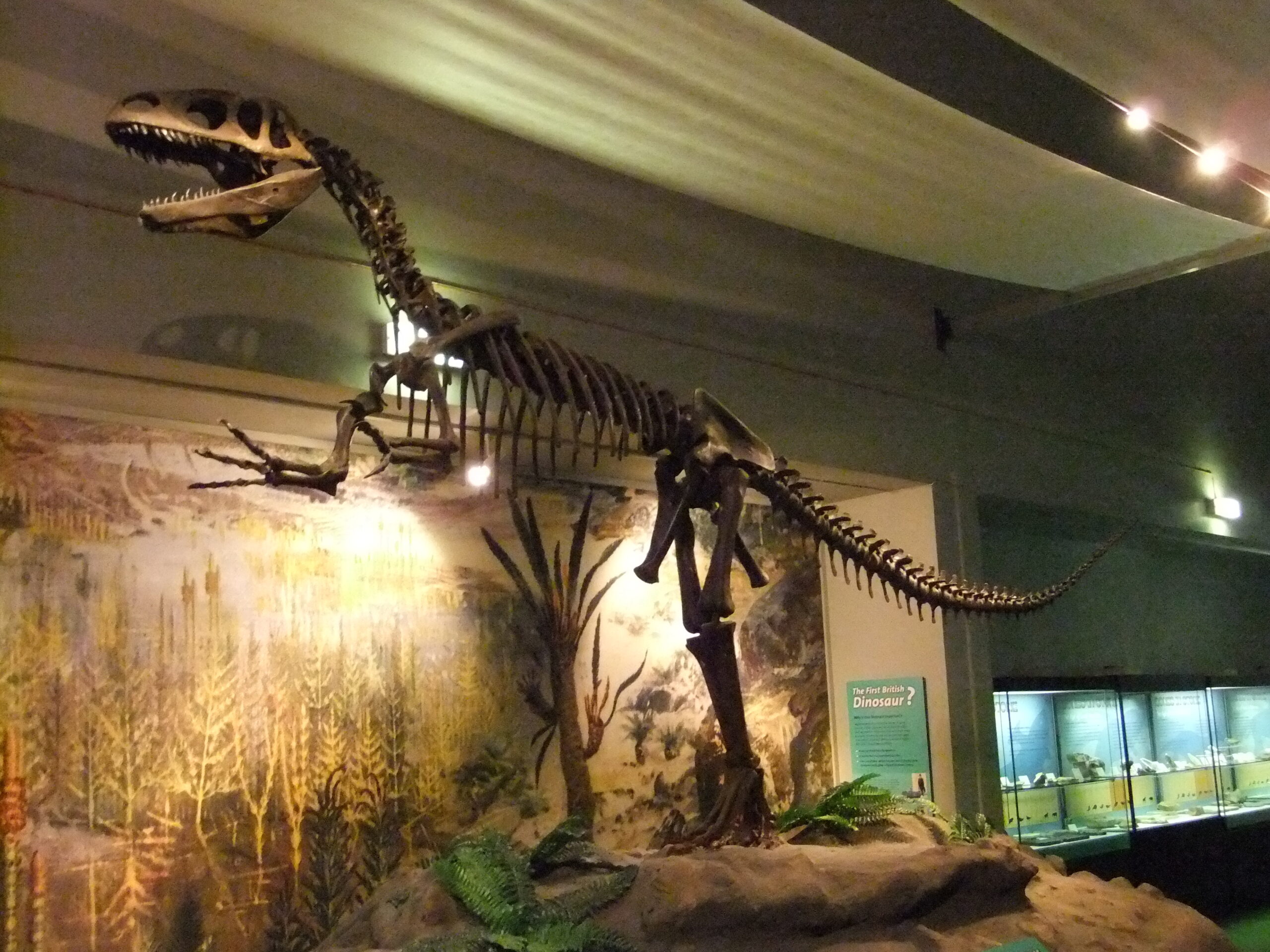
It wasn’t until around 1818 that William Buckland, a cleric from the University of Oxford, decided to study in greater detail a number of fossils that had been discovered around Oxfordshire. With help from other scientists, Buckland concluded that the fossils belonged to a type of giant lizard that walked on four legs. This was the first dinosaur ever scientifically described, though the term “dinosaur” wouldn’t be coined for another two decades.
“it was in the 1820s and 1830s that people started to realise that there was this group of quite large, extinct reptilian animals”. “But 200 years ago, a group of professional scientists in museums and universities realised that this group of extinct giant reptiles existed.” Buckland’s careful study of the Megalosaurus jaw kicked off the age of dinosaur discovery that continues to captivate us today.
Gideon Mantell’s Iguanodon Teeth

The first-known evidence of Iguanodon was a collection of teeth found at the side of a road by Mary Ann Mantell and her husband, Dr Gideon Algernon Mantell. The fossilised teeth resembled scaled-up versions of living iguana teeth. This is how Iguanodon, which means iguana tooth, got its name. What seemed like an ordinary roadside find turned out to be revolutionary evidence.
Iguanodon was the first giant prehistoric reptile found to be herbivorous. At the time, most reptiles were thought to eat mainly meat or insects. So, to find a reptile on this scale that only ate plants was viewed as revolutionary. The discovery shattered assumptions about prehistoric life and proved that giant plant-eating dinosaurs had once roamed the Earth.
The Bone Wars Fossil Rush
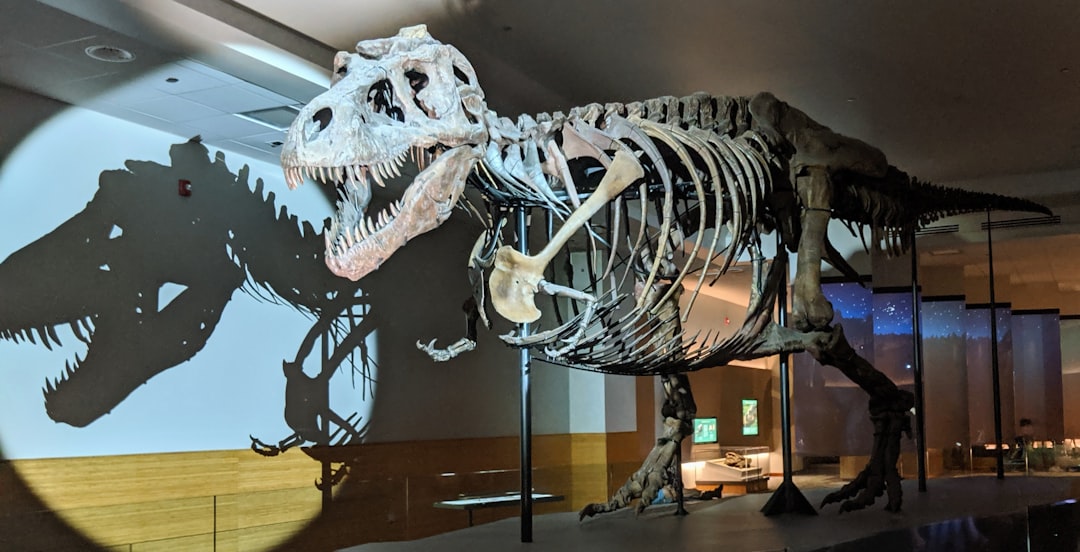
What came out of this period was a significant increase in the knowledge of North American dinosaurs, including the discovery of many near-complete specimens. In total, the two men described 136 species of dinosaurs, including some famous names such as Stegosaurus, Triceratops, Allosaurus, Diplodocus and Brontosaurus. The fierce rivalry between Othniel Charles Marsh and Edward Drinker Cope in the American West during the late 1800s created a fossil gold rush unlike anything before or since.
As time went on, the feud became even more bitter and the pair used tactics such as spying, theft and even the destruction of fossils to get ahead. The rivalry eventually soured their professional and scientific reputations, but not before they had well and truly left their mark in the history books. Despite their destructive competition, these paleontologists filled museums with spectacular dinosaur skeletons that still amaze visitors today.
Conclusion

These ten discoveries remind us that paleontology isn’t just about dusty bones in museums – it’s about moments of pure scientific excitement when someone realizes they’ve found something extraordinary. From Mary Anning’s marine reptiles to golden arthropods preserved in fool’s gold, each discovery has peeled back another layer of Earth’s mysterious past. The next time you’re walking along a rocky outcrop or beach, remember that the next great fossil discovery might be waiting right beneath your feet. From a scientific standpoint, T. Rex fossils are gold mines of information. But aren’t all fossils, in their own way, pure prehistoric gold?


